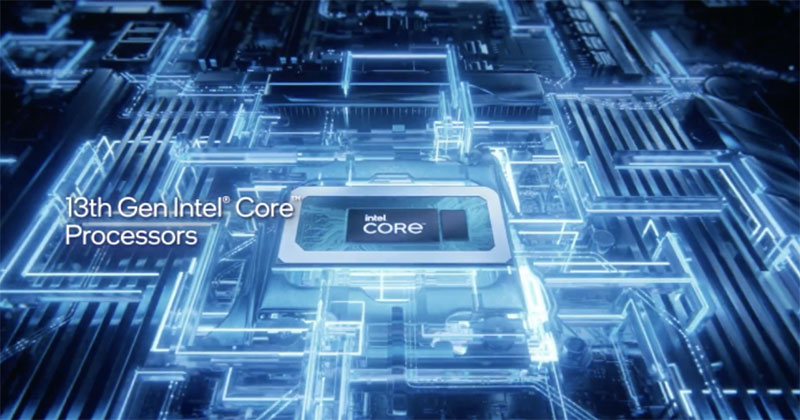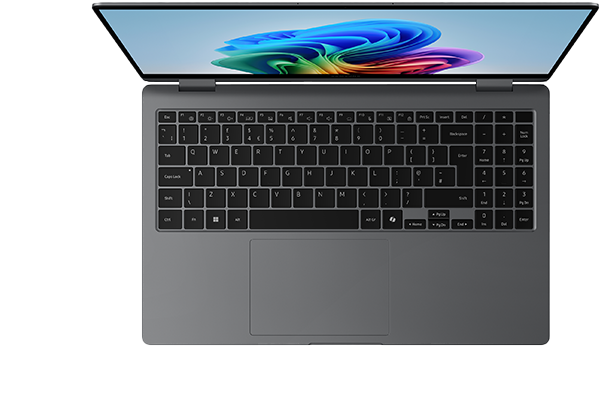Exploring features and benefits of the Intel 13th Gen Processor: Should businesses upgrade or wait?

In recent months, computer manufacturers worldwide have unveiled their latest products featuring the cutting-edge Intel "Raptor Lake" Chip: the 13th Generation Core Processor.
Samsung was the first to introduce their new lineup, the Galaxy Book 3 range, in early March. Dell followed suit with offerings like the Latitude 9440 and 7440, among others. Lenovo joined the race with the Thinkpad T14 (Gen 4), and HP recently announced their EliteBook G10 series.
So, what sets Intel's 13th Generation processor apart and what are its key benefits?
Every new processor generation brings an improvement in performance, with an estimated average increase of 9%. However, what makes the Intel 13th Gen truly fascinating is its architecture.
Advertised as "the fastest chip Intel has ever built," this processor employs a hybrid structure that combines Performance Cores (up to 8) with Efficient Cores (up to 16) orchestrated by AI. Intel calls this the "Thread Director."

In simpler terms, this blend of AI and different cores creates lanes within the device's brain, similar to motorway lanes—fast, regular, and slow. Applications like Word or Excel can operate on regular or slow lanes since they don't require extensive processing power. On the other hand, power-intensive tasks such as Teams, Photoshop, or video playback require the fast lane. Artificial Intelligence assesses and understands when an application needs to be shifted to the fast lane, enabling users to multitask seamlessly and switch between apps effortlessly, thus enhancing their overall experience.
The question arises: Do businesses need to invest in the 13th generation now?
The answer hinges on your specific business requirements.
Many of our clients this year are planning to refresh their IT equipment, aligning with our recommended three-year refresh cycle. Some opt for the 13th gen, while others choose a previous generation that still offers significant improvements over their current equipment. Some even prefer a mix of generations.
Ultimately, the decision depends on the organization's needs. Selecting the right equipment is crucial, and our focus always remains on finding the best fit for a team's requirements and a company's budgetary constraints.
To learn more about our IT procurement service tailored for businesses, please click here.
Related Blogs

Join us at Bett 2026: Discover Sustainable IT for Education
We’re excited to announce that we’ll be at Bett 2026, taking place on 21–23 January at ExCeL London! Visit us at stand NG11 to explore the future of sustainable IT for schools.

Short Term IT rentals for growing Academy Trusts
When an academy trust grows, IT often becomes one of the biggest challenges. Whether you’re onboarding a new school, launching a short-term project, or supporting research initiatives, having the right devices at the right time is critical, but it can also be costly and time-consuming.

How Accountancy Firms can lead on Sustainability through smarter IT
Accountancy firms are under pressure to demonstrate sustainability—not just for their clients, but within their own operations. One area that’s often overlooked is the environmental impact of IT devices.
